Navigation
Introduction
Embarking on a journey through the world of vehicle emergency tools, we delve into the critical role of jump starters—a device that proves essential when your car battery declares defeat. In this era where convenience and safety are paramount, the evolution from traditional jumper cables to advanced lithium-ion jump starters signifies a leap in technology and personal security. Gone are the days of dependency on another vehicle or grappling with intimidating cables under the hood.What is a jump starter?
Let's first discuss what a jump-starter is. It is a device that is used to jump start a vehicle's battery, which can no longer start a car. If you have a dead battery, this device can be a lifesaver.
Lithium-ion jump starters vs. jumper cables
In the traditional jumper cable process, there are several prerequisites. First, you need a second car (and possibly another person). Second, you need jumper cables. Third, you really need to be handy with cables which many are not comfortable with. Finally, although this is a common process, safety is a big concern.
Why are jumper cables unsafe?
The primary lack of safety comes from unreliable ungrounding of the circuit. This can cause electrocution and loss of life. It is a major headache for drivers of any automobile.
But lithium-ion jump starter does away with these. With the advent of portable jump starters, you can jump-start your car’s dead battery within minutes. Best of all – it is all by yourself!
Lithium-ion jump starters vs. lead acid batteries
In the past, portable jump starters were made from lead-acid batteries. They are still around. They are bulky and heavy.

Why are lead acid batteries unsafe?
Lead acid batteries can cause serious injury if not handled correctly. They can deliver an electric charge at a very high rate. Gases released when batteries are charging such as hydrogen and oxygen – can result in an explosion. Note that Hydrogen and Oxygen are very flammable and easily ignited. Therefore, the industry is moving away from this approach.
This leaves us with the latest cream of the crop – lithium-ion jump starters.
The safety attributes of lithium ion jump starters
Lithium-ion jump starters are revered as the safest of the bunch. However, there are still some aspects to look out for. The things to look out for are:
1. Reverse polarity: If the terminals are incorrectly connected, one of two things can happen. First, nothing can happen i.e., the car won’t jump-start nor will there be any other issues. Second and worse, a spark can happen. So, if you are in the market for a portable jump starter, you should get one with reverse polarity protection.
2. Short circuits: In an electrical circuit, there is always a hazard of short-circuiting. This can damage the battery even more alongside other electronics.
How the safety issues have been resolved
Most lithium-ion jump starters have reverse polarity protection. But some have done a stellar job using state-of-the-art engineering. They have provided microchip-based safety features. One such product is the Fanttik T8 APEX The T8 Apex takes safety several steps further. For the users’ protection, it includes Fanttik’s in-house SmartShield® Chip. This means protection against sparks, reverse charges, reverse polarity, overcharging, and short circuits.
Conclusion
Therefore, among all the tech in the domain, lithium-ion is the safest one. That said, it also has some caveats, but engineering has solved them all. As discussed, proper engineering has resolved the safety concerts encircling lithium-ion jump starters.

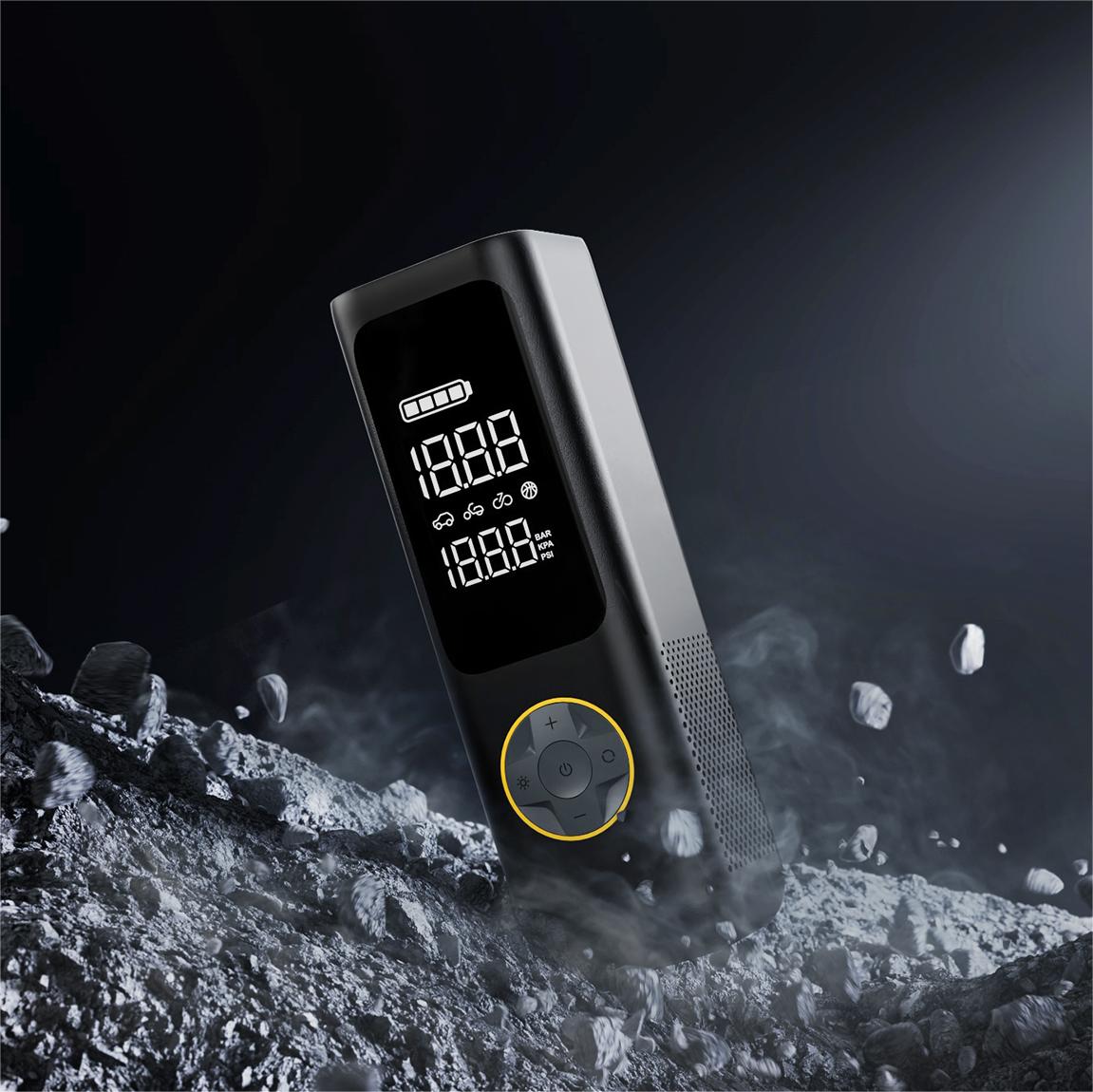



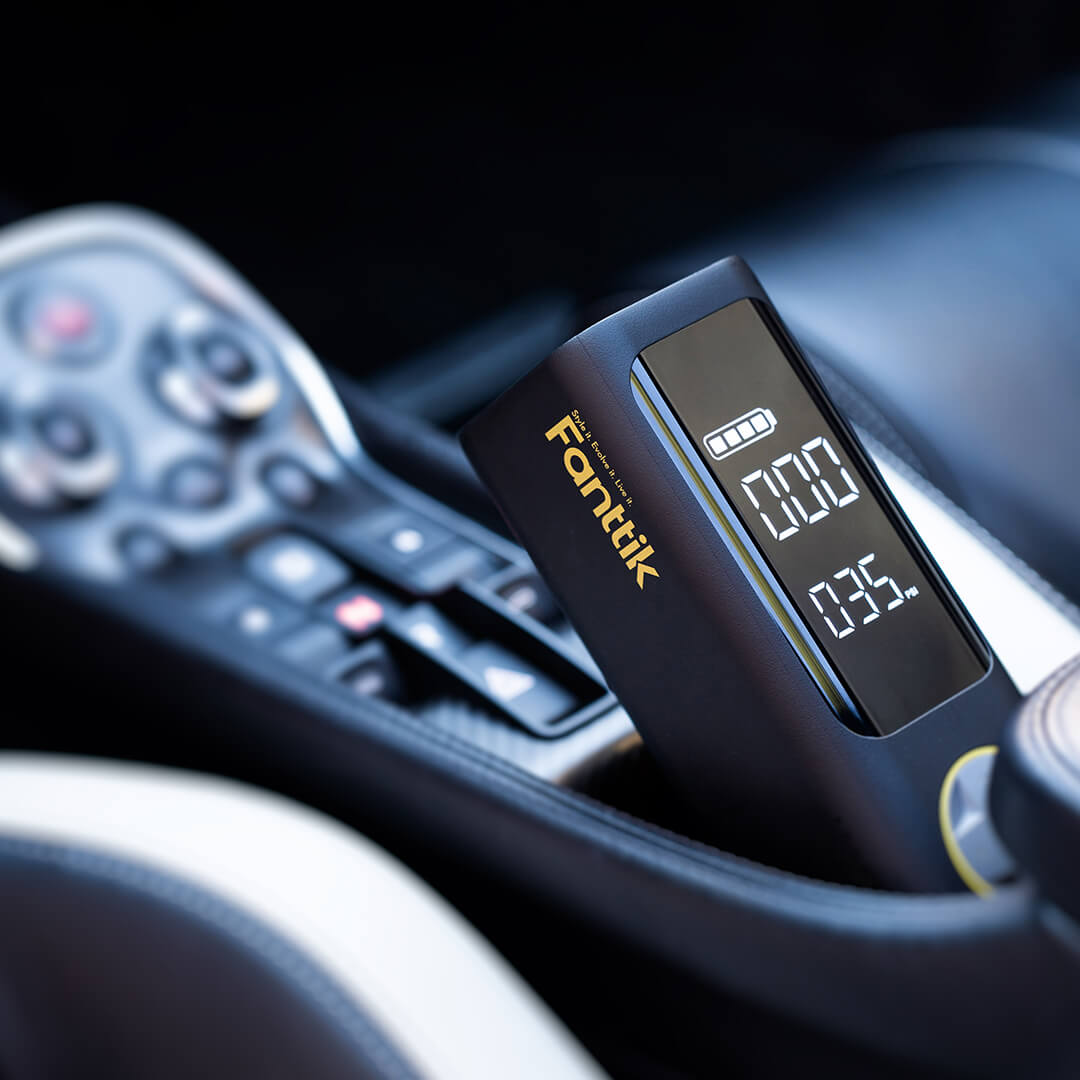
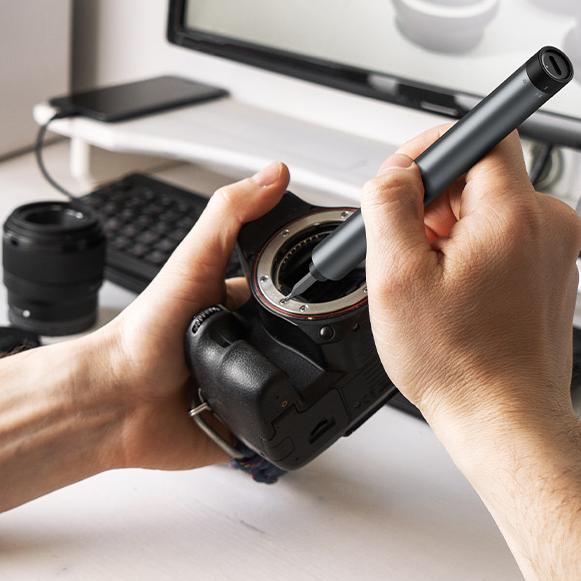






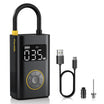
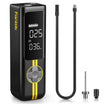
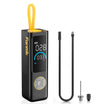


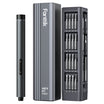

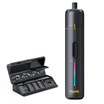

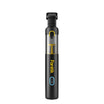
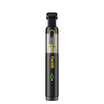
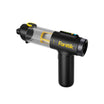
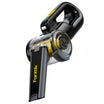
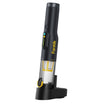
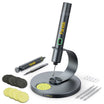

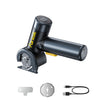
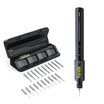

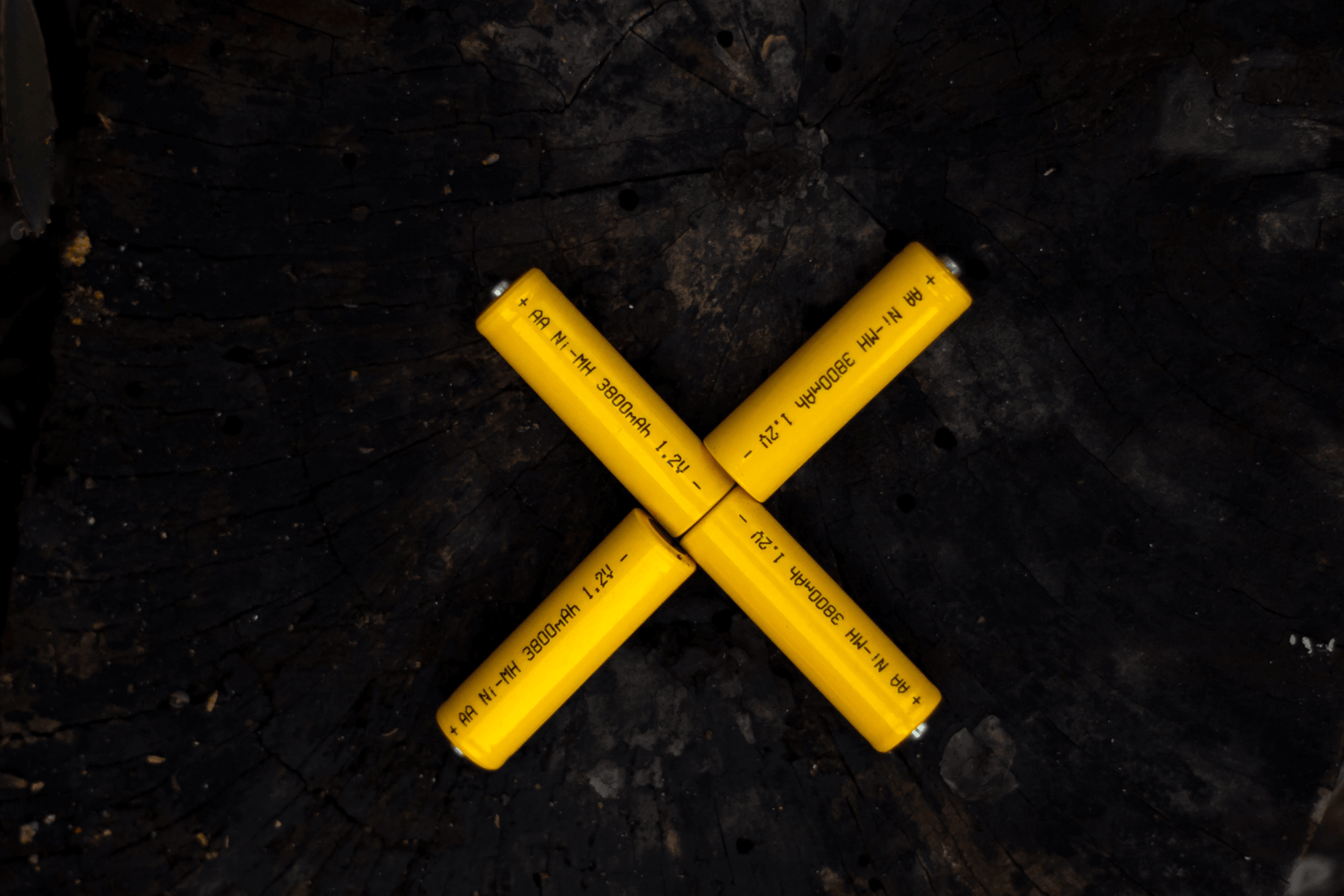


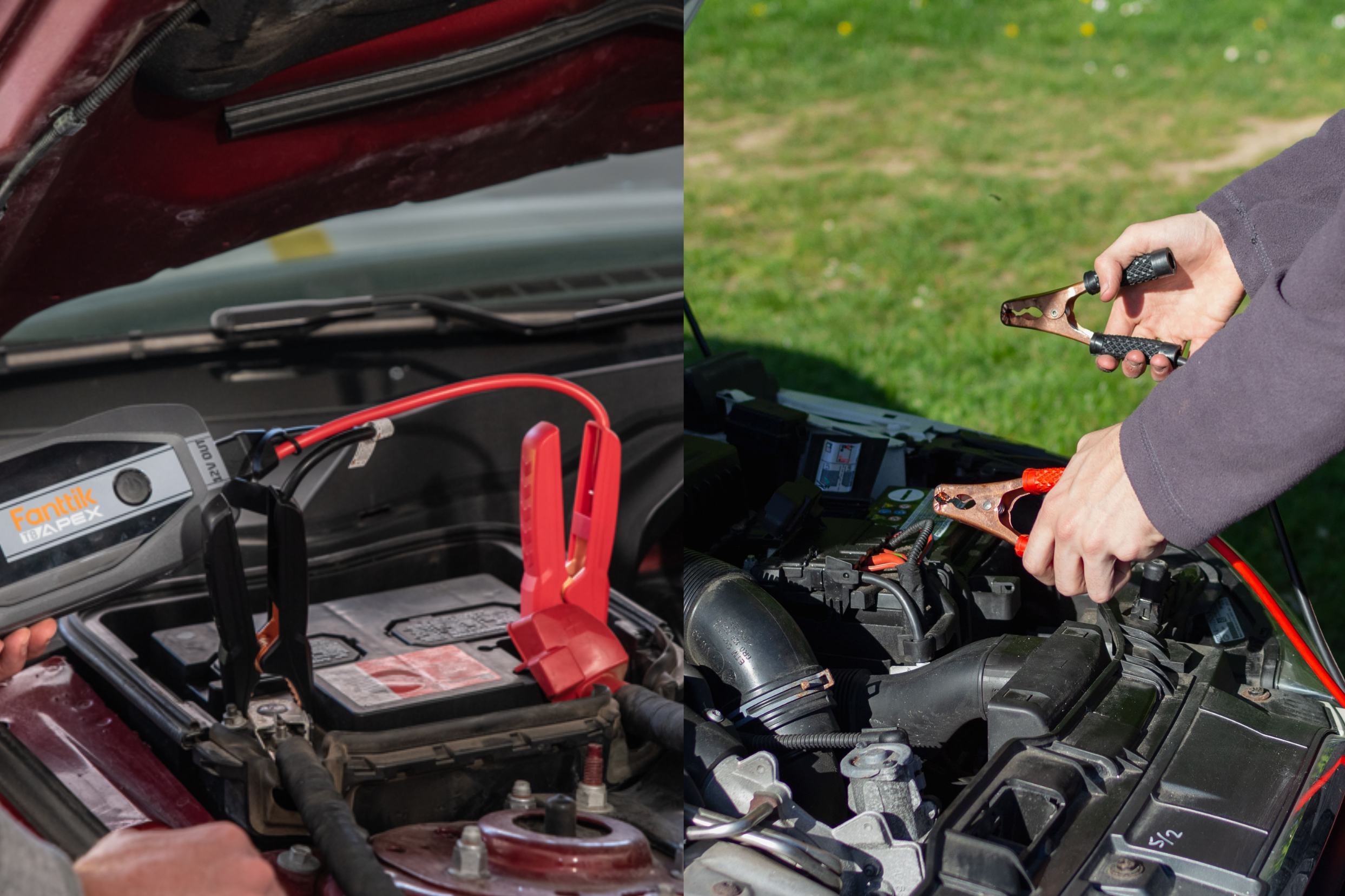
Leave a comment
This site is protected by hCaptcha and the hCaptcha Privacy Policy and Terms of Service apply.